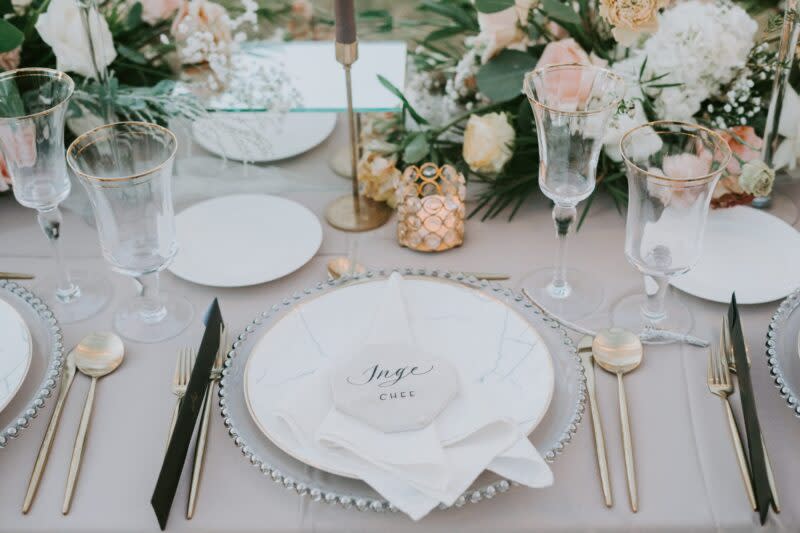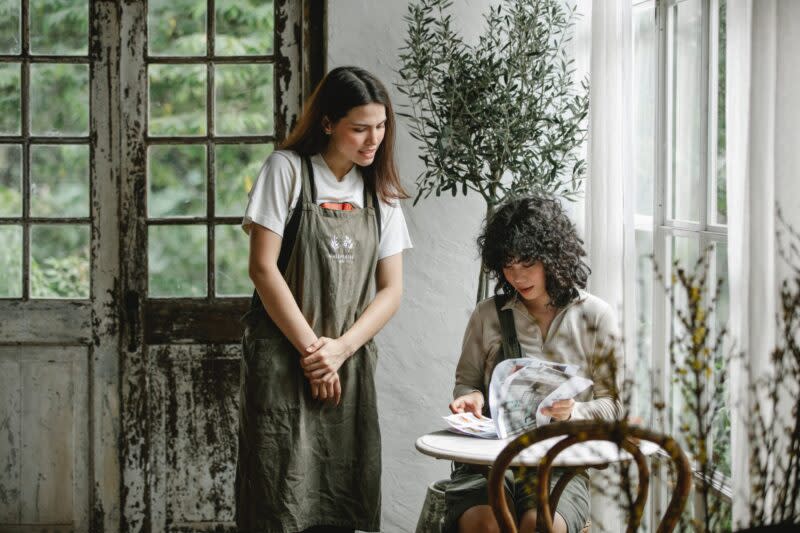Fine dining etiquette rules that you’re probably still breaking today
Fine dining etiquette has evolved over the years and continues to be an important aspect of dining in today’s context. While some traditional rules may have relaxed, there are still certain protocols that should be followed to ensure a pleasant dining experience.

In today’s context, fine dining etiquette emphasises respect and consideration for others. It is important to arrive on time, dress appropriately, and turn off electronic devices to avoid disturbing other diners. It is also important to be mindful of personal space and not to intrude on the dining experience of other patrons.
When it comes to ordering, diners should be polite to their servers and order only what they can consume. It is also considered appropriate to ask for recommendations or seek advice from the server. During the meal, utensils should be used in the correct order and placed on the plate after each use.
Do you ever wonder which fine dining etiquette rules you might be inadvertently breaking? Here are 7 commonly overlooked protocols that you may not be aware of.
1. Always keep a part of your menu touching the table

During a formal dining experience, the menu should be placed in contact with the table at all times. Therefore, when perusing the menu, ensure that either the bottom or a section of it remains in contact with the table (even if you have the urge to bring it closer to your face).
2. Position any unwanted components of your meal on the upper left-hand side of your plate
To maintain a clean and organised dining space, it is considered good manners to place any discarded components of your meal on the upper left-hand side of your plate. This could be bones, gristle, or inedible garnishes. This small gesture shows respect to your fellow diners and allows for seamless service by the waitstaff.
3. Never double-dip

Double dipping is when a person dips a food item into a communal sauce or dip, takes a bite, and then dips the same food item back into the sauce or dip. This is considered rude and unhygienic in any setting, but especially in a fine dining environment where cleanliness and etiquette are valued.
To avoid double dipping, use a small spoon or knife to transfer the sauce or dip to your plate. Then, use your utensil to dip your food into the sauce or dip, taking care not to touch the communal bowl or container with your utensil or fingers. This shows respect for others’ dining experiences and ensures that everyone can enjoy their meal without worrying about hygiene concerns.
4. Always leave a single bite of food on your plate
By leaving a single bite on your plate, you communicate that you enjoyed the meal, but did not overindulge to the point of cleaning the plate entirely. This action indicates that you are content with the portion size and satisfied with the meal, rather than still feeling hungry or dissatisfied. It is a subtle way to show respect and appreciation for the food, while also being mindful of the balance between enjoying the meal and avoiding waste.
5. Unless you’re taking a bite, your bread should stay on the plate

When it comes to bread, butter it on the plate, but only the piece you’re about to eat. Break off a portion, butter it, then raise it to your mouth. The same rule goes for bagels, muffins, and biscuits.
6. Do not rest your elbows on the dining table
This is a common rule that has been taught for generations and is considered a basic etiquette practice. The reasoning behind this rule is that it is considered rude and shows a lack of respect for the table and your fellow diners.
Additionally, it can lead to spills and accidents, which can be disruptive to the meal and the ambiance of the restaurant. By keeping your elbows off the table, you show respect for the dining experience and those around you.
7. Before placing your napkin on your lap, ensure that the crease is facing towards you and then neatly fold it
When it comes to napkins, the proper way to fold them is by halving them with the crease facing towards you. Additionally, instead of wiping stains, it’s recommended to dab them and then fold the napkin with the stains concealed inside. This ensures a neat and tidy presentation for your guests.
Be comfortable in any situation with an Etiquette book: Lazada
Other articles you might like:
The post Fine dining etiquette rules that you’re probably still breaking today appeared first on SETHLUI.com.


